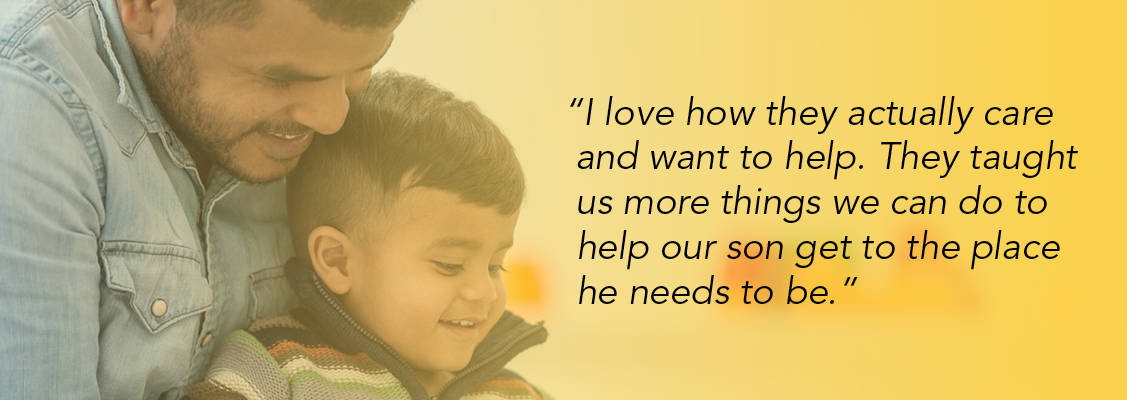Guidance Documents

This document outlines the approved screening, evaluation, and vision/hearing checklists as well as the child and family assessment requirements.
This document defines assistive technology (AT) in early intervention. It outlines the requirements of the IFSP team to determine the need for AT to meet IFSP outcomes and, if it is needed, the process of obtaining AT.
Determining Eligibility Guidance
This document provides a step-by-step process to determine eligibility for all children in Early Intervention.
This document provides an overview of team member roles and responsibilities and the activities that need to occur around EI service delivery.
Identifying the EI Parent Guidance
This document provides a step-by-step process for EISCs to identify a parent for EI purposes.
This document outlines the steps and procedures for completing Form EI-04.
Informed Clinical Opinion (ICO)
This 2012 paper from the National Early Childhood Technical Assistance Center (now ECTA Center) explains the meaning of ICO in the context of Part C and describes how ICO is used in determining EI eligibility.
In order to access Ohio Early Intervention online trainings, follow the steps outlined in this document.
Prior Written Notice and Consent Guidance
This document defines prior written notice (PWN) and consent. They are key principles in early intervention to ensure families are informed and involved in all decisions.
Provider Documentation Guidance
This document provides guidance to assist Early Intervention service providers in maintaining high-quality documentation. It includes key documentation requirements and best practices, information about noncompliance reasons (NCRs), and guidance for documenting late or missing services.
Role of the Early Childhood Mental Health Consultant - FAQ
The Ohio Department of Children and Youth (DCY) provides funding to various community mental health agencies for consultative Early Childhood Mental Health (ECMH) services. This document explains those activities and clarifies the difference between the ECMH credential and the Infant Mental Health (IMH) credential.
Transition: Steps for Success Guidance
This document describes the steps taken by the IFSP team to ensure a successful transition for every family.
This document is a checklist of required transition activities for EISCs to utilize as each child/family moves through an individualized transition process.
Transition: What It Does and Does Not Look Like
This document describes the roles of the family, EISC, EI provider, and LEA in the transition process. It outlines examples of what transition should and should not look like.
Transitioning to New EI Forms and Procedures
This document contains instructions for transitioning to the new EI forms and procedures effective July 4, 2024.
